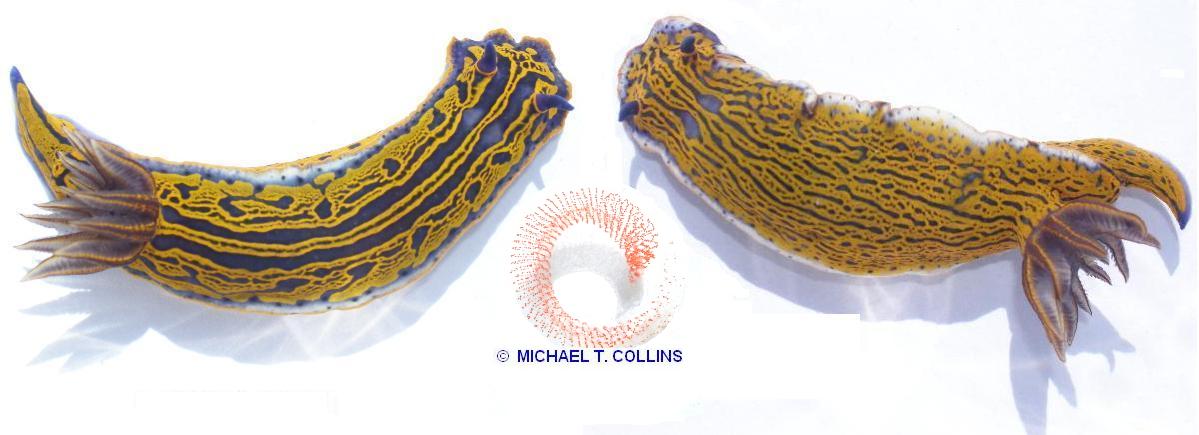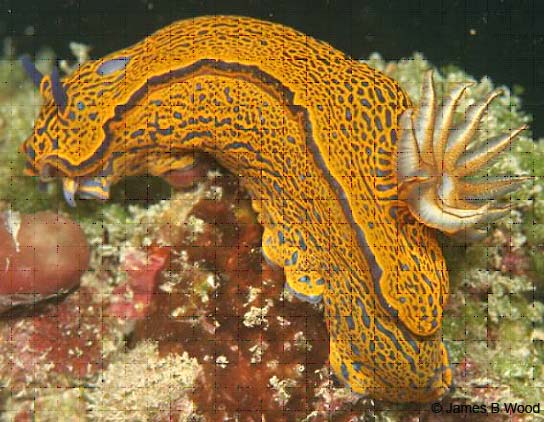Zebra
Slug
(Hypselodoris Zebra)
(Hypselodoris Zebra)
By Michael T.
Collins
Dr. James B. Wood - Editor
Dr. James B. Wood - Editor
|
Zebra
Slug
(Hypselodoris Zebra) By Michael T.
Collins
Dr. James B. Wood - Editor |

 Personal Interest
Personal Interest